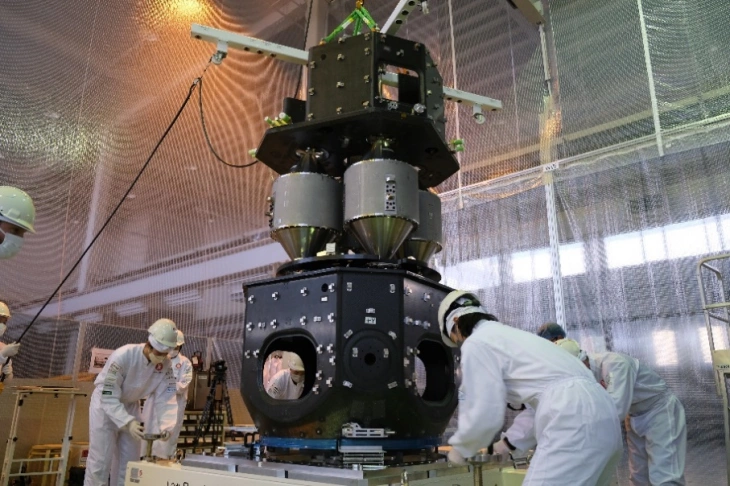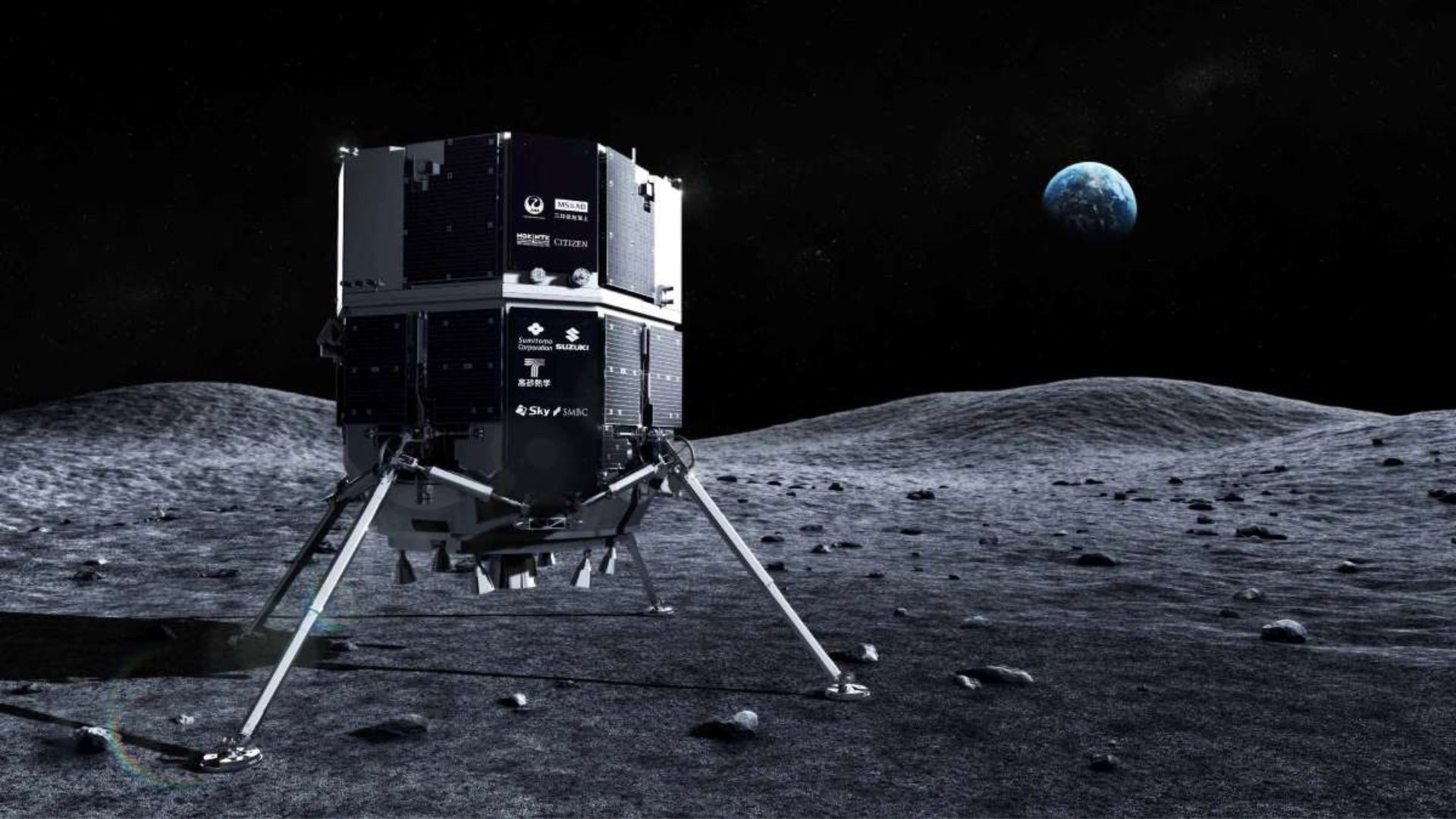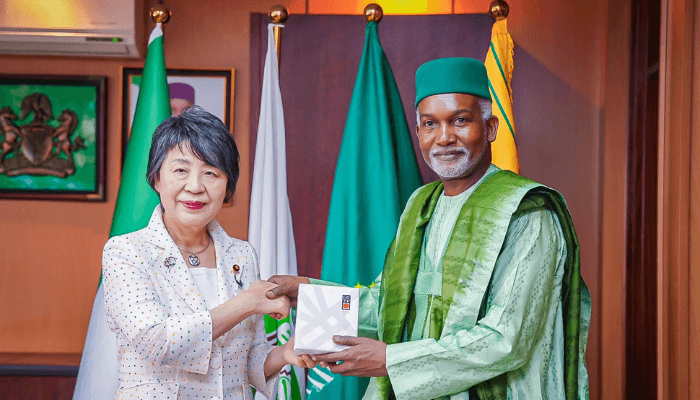With eyes set on a new lunar economy, ispace plans to land on the moon at the end of April.
ispace, based in Tokyo, announced on Monday that its Hakuto-R lunar lander is on track to reach the moon by the end of April.
Ispace launched the lander aboard a Falcon 9 in December; since then, the spacecraft has traveled over 1,376 million kilometers into deep space, the furthest distance traveled by a privately funded, commercially operating spacecraft. The corporation expects to complete all deep space orbital maneuvers by mid-March, followed by lunar orbit insertion in late March.

During a press briefing on Monday, Ispace CEO Takeshi Hakamada stated that the flight provided operational data that will be used to influence future missions. “We have acquired tons of data and know-how” on the lander and its subsystems, he said. “They are very viable assets for ispace.”
Also, see: Hong Kong demonstrates desire to be a hub for crypto with new regulations
This comprises data on the structural performance of the lander during launch and deployment, as well as the performance of the thermal, communication, and power subsystems.
“It’s almost impossible to assume everything perfectly before the mission,” Hakamada said. “It is inevitable to face off-nominal events.” Notable have been some off-nominal events in the mission which include thermal temperatures hotter than the company had earlier anticipated and brief communication issues that were not expected after the lander deployed from the Falcon 9. However, the thermal has not been reported to affect the operations.
Mission 2 and Mission 3 are slated for 2024 and 2025, respectively. Mission 2 will be the next technical demonstration of the Hakuto-R lander system, as well as a test of an ispace “micro rover” that will collect data on the lunar surface. Ispace’s ultimate goal is to launch the lunar economy, mostly through resource research and extraction; both the lander and rover will be vital information-gathering sources as the business plans future missions.
For Mission 2, the business will also deploy commercial payloads to the lunar surface from companies such as Takasago Thermal Engineering Co., Euglena Co., and the Department of Space Science and Engineering at Taiwan’s National Central University.
Ispace has many intentions for Mission 3. This project is being developed in collaboration with Draper Aerospace, General Atomics Electromagnetic Systems, and Systima Technologies, a branch of Karman Space and Defense. ispace is acting as the mission’s design agent and subcontractor. NASA awarded the firms a $73 million contract to send scientific payloads to the moon as part of the agency’s Commercial Lunar Payload Services program. with the research payloads, Ispace intends to send commercial payload clients. AstronetX, ArkEdge Space, Aviv Laboratories, and CesiumAstro are the companies now negotiating final payload service agreements.
About iSpace
For those who know very little or nothing about ispace, ispace is a Japanese private space exploration company based in Tokyo, Japan. The company was founded in 2010 with the mission of developing technologies for lunar exploration and eventual settlement of the moon.
ispace is currently working on several lunar missions, including its first lunar lander mission, which is scheduled to launch in 2022. The company is also developing a commercial lunar exploration program, which aims to provide lunar transportation services for governmental and private entities.
ispace has partnerships with several prominent companies in the space industry, including SpaceX, JAXA, and the European Space Agency. The company has also received funding from investors such as the Innovation Network Corporation of Japan and Suzuki Motor Corporation.


















